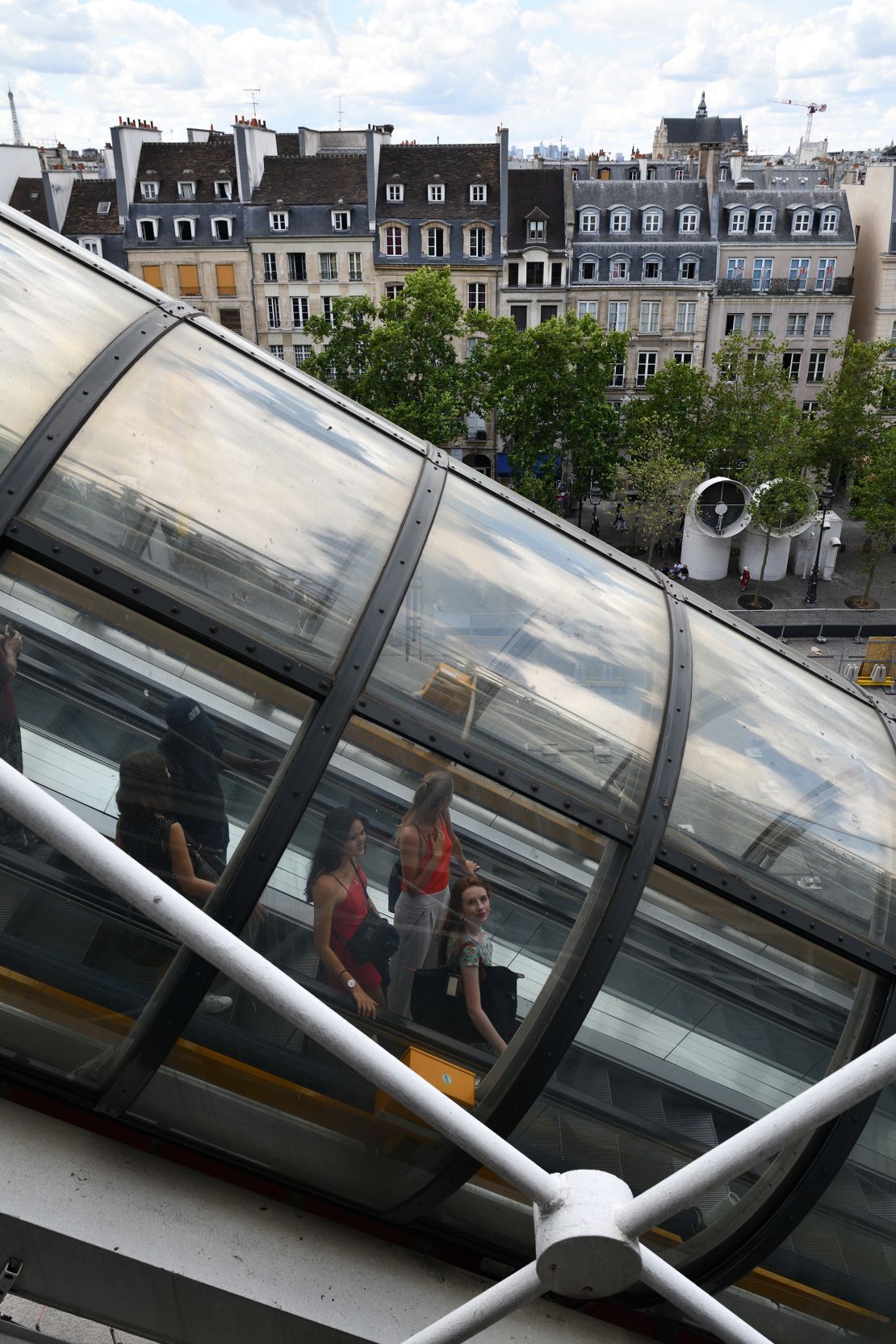CNN
—
When it first opened in 1977, the Centre Pompidou sent shockwaves through Parisian society.
The mammoth cultural center, with its industrial exterior and brightly colored exposed pipes, stood out like a sore thumb on the fringes of the French capital’s historic Marais district.
Its inside-out construction could not have been further from the surrounding buildings, created in Georges-Eugène Haussmann’s 19th century renovation of Paris, with their trademark tall windows and wrought iron balconies.
But that was the point. When former French president Georges Pompidou laid out his vision for the attraction, which would go on to take his name, he was inspired by the eye-catching architecture of modern museums like the Guggenheim in New York.
“I would like, passionately, for Paris to have a cultural center such as they have tried to create in the United States with unequal success so far, which would be both a museum and a center of creation,” he said in an interview with Le Monde newspaper in 1972.
The plan, as he saw it, was to bring together different artforms under one roof, in a striking structure that would be “both modern and constantly evolve.”
Now, as it approaches its 50th birthday, the Pompidou is preparing to close for five years in order to embark on the latest stage of that evolution.
The initiative, which is supported by France’s Ministry of Culture, aims to future-proof the building, which is known locally as Beaubourg.
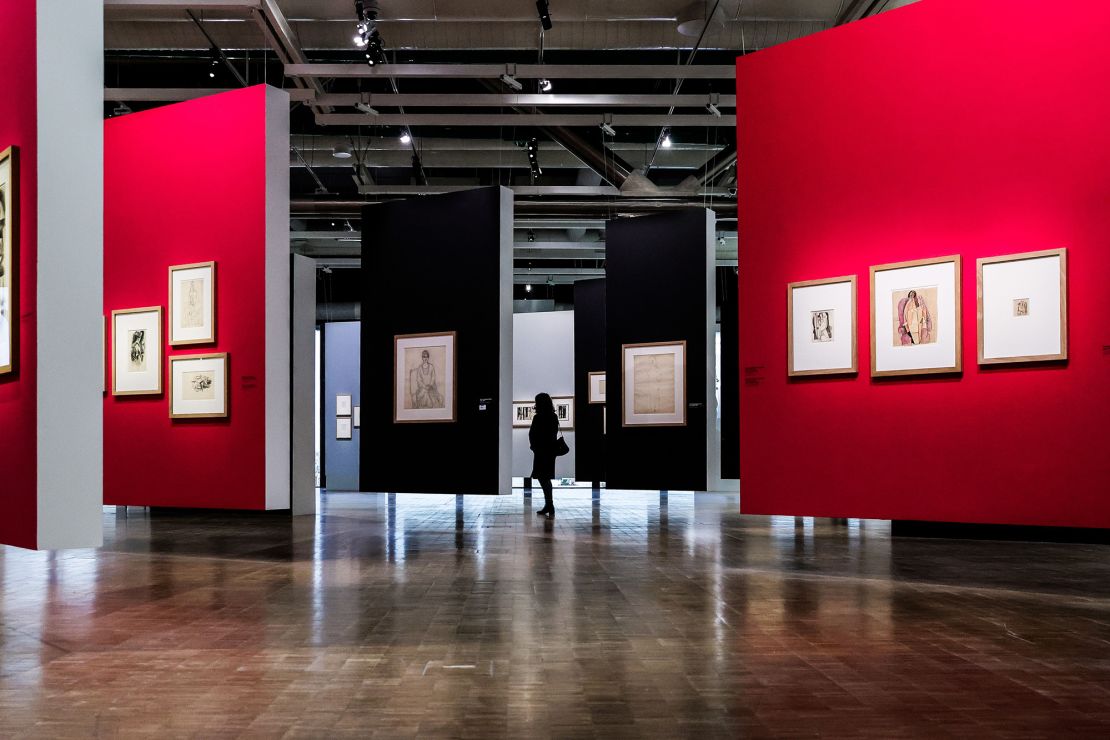
The closure comes at a time when Paris’ art world is already on the back foot. Just last month, President Emmanuel Macron announced a major overhaul of the Louvre, after its director warned about the degradation of the historic museum which she said is threatening its contents — including the “Mona Lisa.”
It may not have a Da Vinci, but the art at the Pompidou is no less impressive, with its permanent collection of 140,000 pieces featuring the likes of Picasso, Matisse and Chagall.
Around 3.2 million people visit every year for exhibitions, movies and performances — and to take advantage of the national library, known as the Bibliothèque publique d’information (BPI).
Large parts of the Pompidou are free to enter, including the BPI and what many argue is Paris’ best view — accessed by the “caterpillar” escalators on the facade.
Regarded as the height of modernity when it opened in 1977, the center now faces several “technical issues,” as management describe them, which have made it slow to adapt to the 21st century.
The overriding issue is asbestos, a toxic material once widely used for fireproofing, which is present throughout the structure and must be removed.
It also has a massive carbon footprint. Laid out over 10 expansive levels, the Pompidou requires vast amounts of energy to heat it in winter and cool it in summer. Beefing up the center’s security measures is also vital, at a time when terrorism remains a constant threat.
This is all part of the technical renovation, which is slated to cost 260 million euros ($282 million) of public money.
Once it became clear that the Pompidou would need to close until 2030 for these vital improvements, its president, Laurent Le Bon, identified “an unprecedented opportunity to reinvent the institution” with a massive cultural makeover that would “preserve its DNA.”

News of the closure has not been universally welcomed in France. Last year a host of leading figures in the French art scene wrote an open letter to the government calling for the decision to be reversed.
They dubbed it a “serious mistake” and a “major blow to the cultural life of our country.”
They acknowledged that the asbestos must be removed, but called for the work to be done in stages, while ensuring that the center remains operational — particularly as it is a public facility.
A host of well-funded private museums have sprung up across Paris in recent years, including the Louis Vuitton Foundation and the Bourse de Commerce, which is home to the Pinault collection.
The signatories “applauded” such venues, but stressed that the Pompidou has a “public service role,” and urged the government to take the “necessary measures to preserve this symbol of our culture and modernity.”
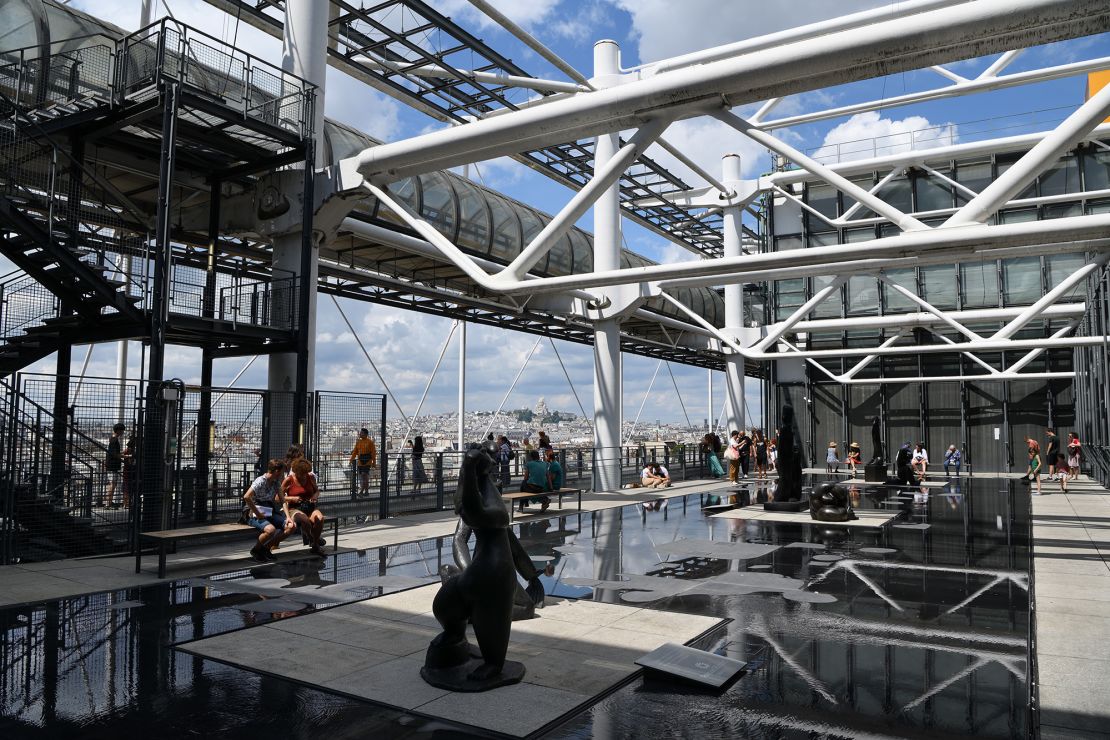
Yet while such views might have been taken into account, the closure is going ahead regardless.
The cultural center has been entrusted to architecture firm Moreau Kusunoki, following a hard fought competition for the job. Their plans, which are expected to cost 186 million euros ($192 million), will be funded by the center and sponsorship deals.
There will be large-scale changes to the interior and exterior, including the extensive plaza. The museum, the BPI, its galleries, cinema, performance areas and retail spaces are all set to benefit from the shakeup.
Management have dubbed 2025 the “year of metamorphosis,” as the center will be shuttered in stages. Movies and performances were stopped at the end of December, and the BPI will be next to close on March 2 — followed by the museum.
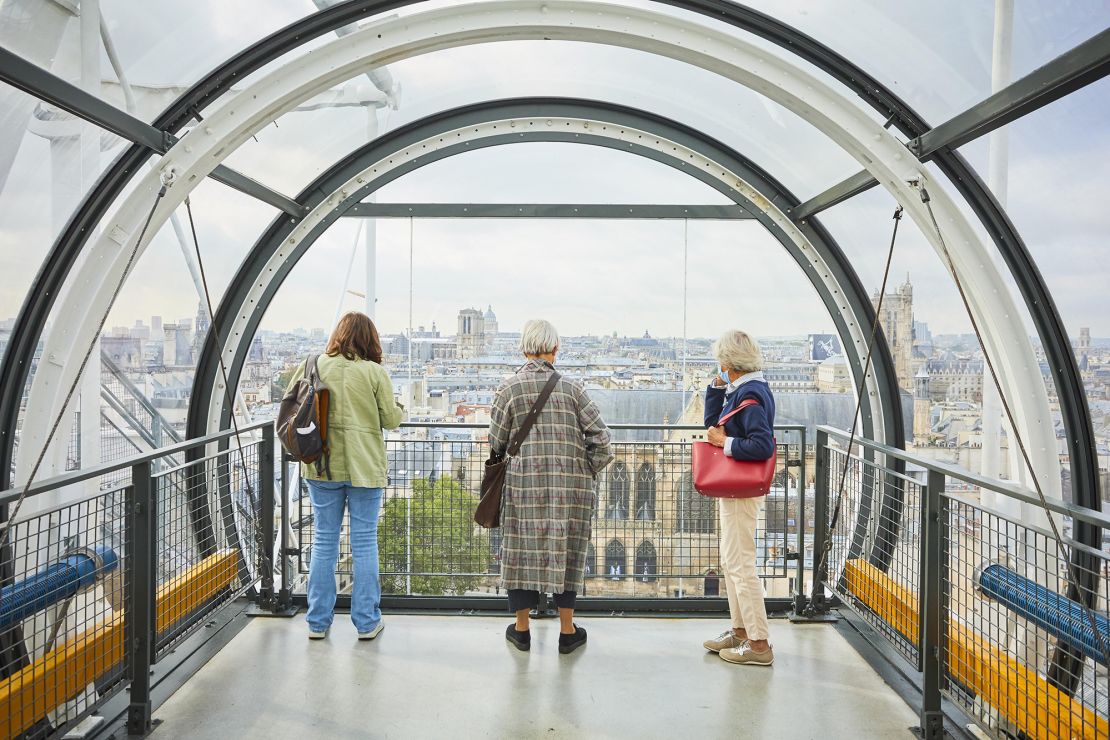
While tourists will have to do without the spectacular skyline view from the top until 2030, the Pompidou is keen to stress that it’s not goodbye but au revoir — with its emphasis on “meeting again.”
The BPI and Pompidou’s Kandinsky Library, which holds more than 18,000 printed works by major 20th and 21st-century artists, will be relocated to the Lumière building in the capital’s 12th district for five years, while movies and performances will be staged at other Paris venues including the Grand Palais.
Parts of the museum’s permanent collection will be on show across France and the rest of the world — including the Pompidou’s satellite institutions in Málaga and Shanghai — as part of its “constellation” program.
Husband and wife team Nicolas Moreau and Hiroko Kusunoki, co-directors of the architecture firm, told CNN they were “honored” to undertake the “very meaningful” upgrade of the venue.
There will be a panoramic rooftop deck, and the overall design will work around blending the “interface” of the inside with what lies outdoors. Their design, which will involve extensive recycling of waste from the old building, will also feature the “new generation hub,” a free place designed to encourage play and creativity for children aged zero to 15.
Plans to “colonize” the center’s large underground car park reflect our changing world, said Moreau.
“It was made for accommodating buses so it has high ceilings and dimensions which can accommodate cinemas and galleries,” he said. “But in Paris there’s a big move against cars in the city center now, like in all European cities.”
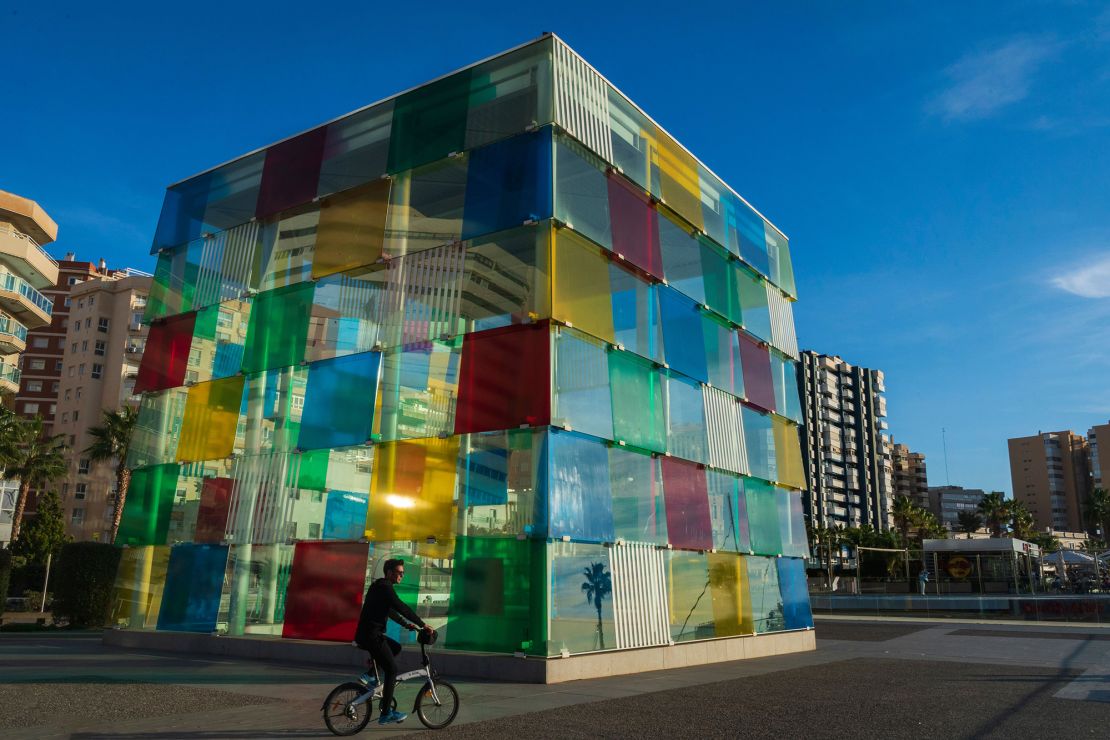
Key to the overhaul is what Moreau describes as “transversality,” effectively meaning the various areas will be less defined and will flow into each other.
“This ideal was to have a cultural hub going through different fields, from books, cinema, performing art, sculpture, painting,” he said.
Moreau Kusunoki, which will be collaborating with Mexico City-based associate designer Frida Escobedo Studio on the overhaul of the BPI, explained how this would work.
It could mean “placing art pieces in the library” or staging exhibitions connected to books in the galleries. “This should happen not only between the library and the art collection but also in the retail space, the kids world and the basement,” Moreau said.
The pair plan to conserve the “core concept” of Pompidou as a “factory of art” as conceived by the original architects, the late Richard Rogers and Renzo Piano, who was consulted about the makeover.

Commenting on the plans, Piano said in a press release: “The project is wholly in keeping with the building’s architecture while also leaving room for future renewal and maintaining its integrity.”
Kusunoki said of the center: “It’s always moving, producing, being creative. This spirit is the core concept and it’s going to be conserved.”
But a key part of the original vision will be challenged, the couple added.
“In the ‘70s they dreamed of information,” said Moreau. “The facade was designed with a giant screen and an enormous projector.”
But times have changed and so has what we want from an art center, they believe.
“People were dreaming about more cars, being transported, machines etc,” said Kusunoki. “Information was the dream — it was the future. But today we are saturated.
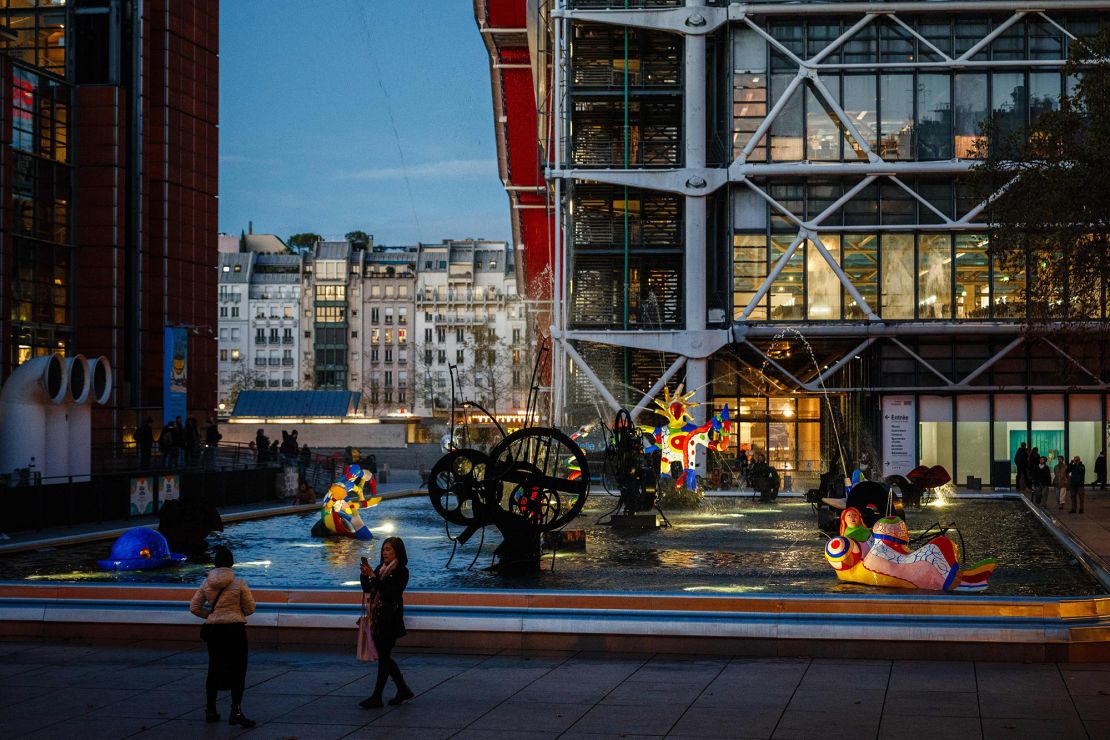
“Over-information has killed some part of the imagination and maybe even killed the motivation to do physical things. The fastness, the bigness, the loudness was maybe dreamed about but today we’re tired by that.”
Art in France has long been regarded as being “in the public interest,” they explained, and that is at the heart of their vision.
The Centre Pompidou is a “social shelter,” which will be more about being “slow and analogue” than Piano and Rogers intended, and it will inspire a younger generation who have become somewhat “isolated and a bit of a victim of digital development,” according to Kusunoki.
“We are about creating a place of physical social engagement where you physically go and move your body and meet people,” said Moreau. “The Pompidou won’t be an institution anymore but an extension of the city.”










